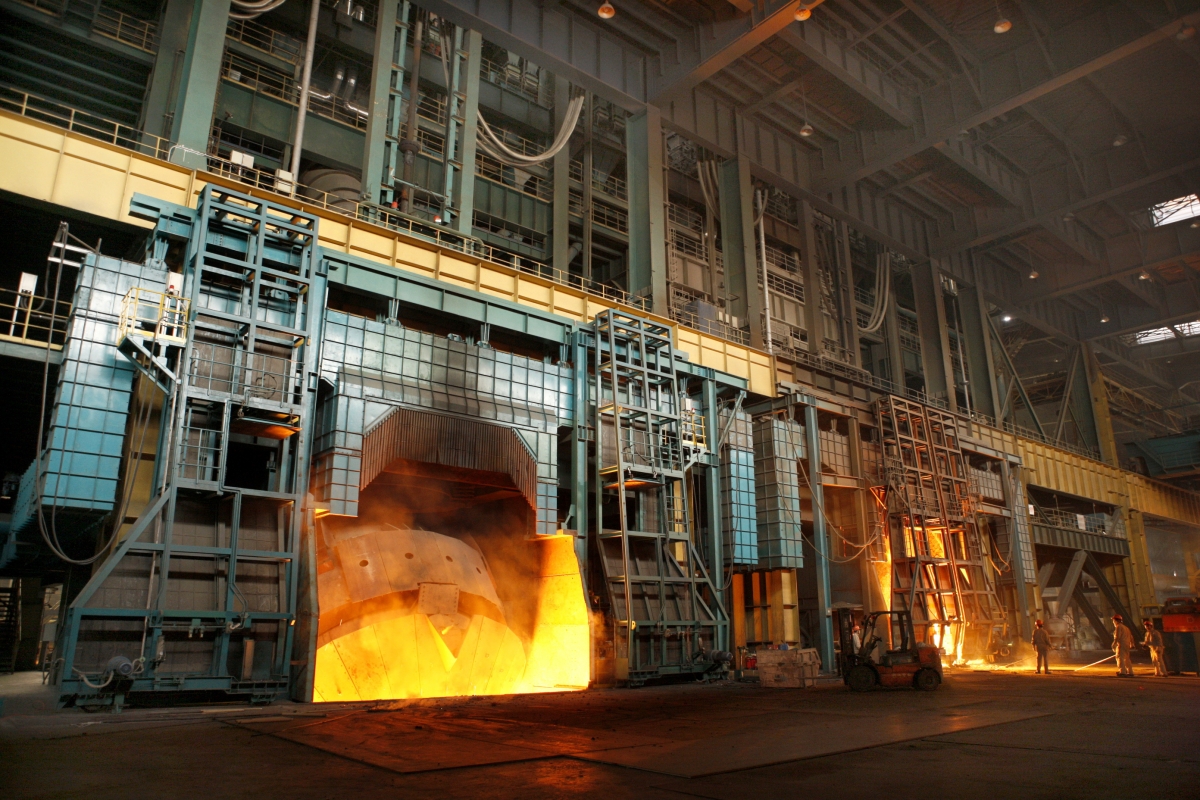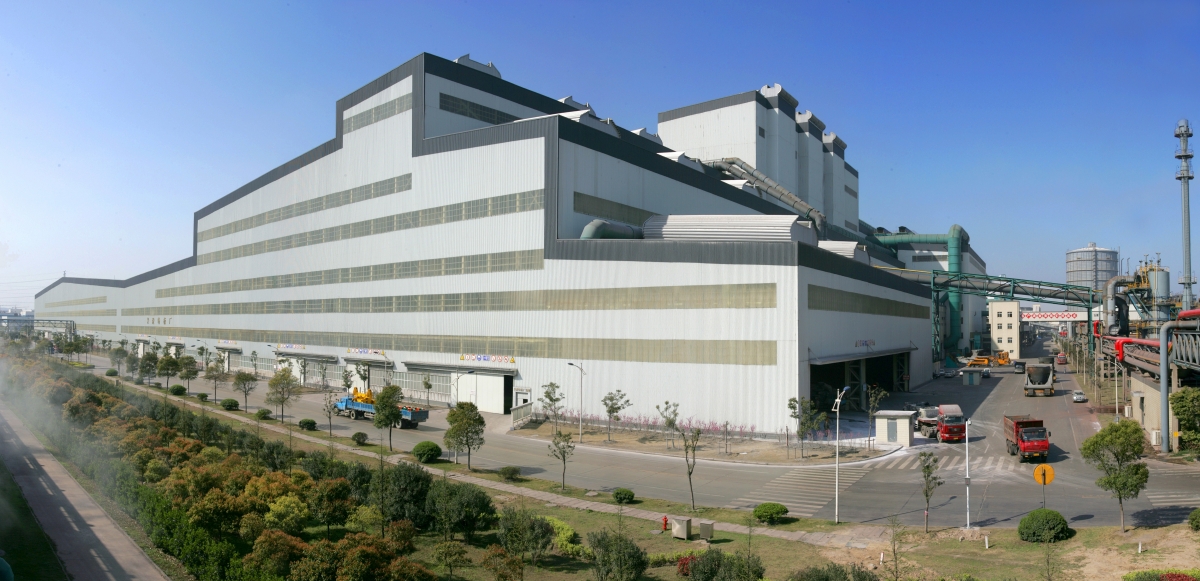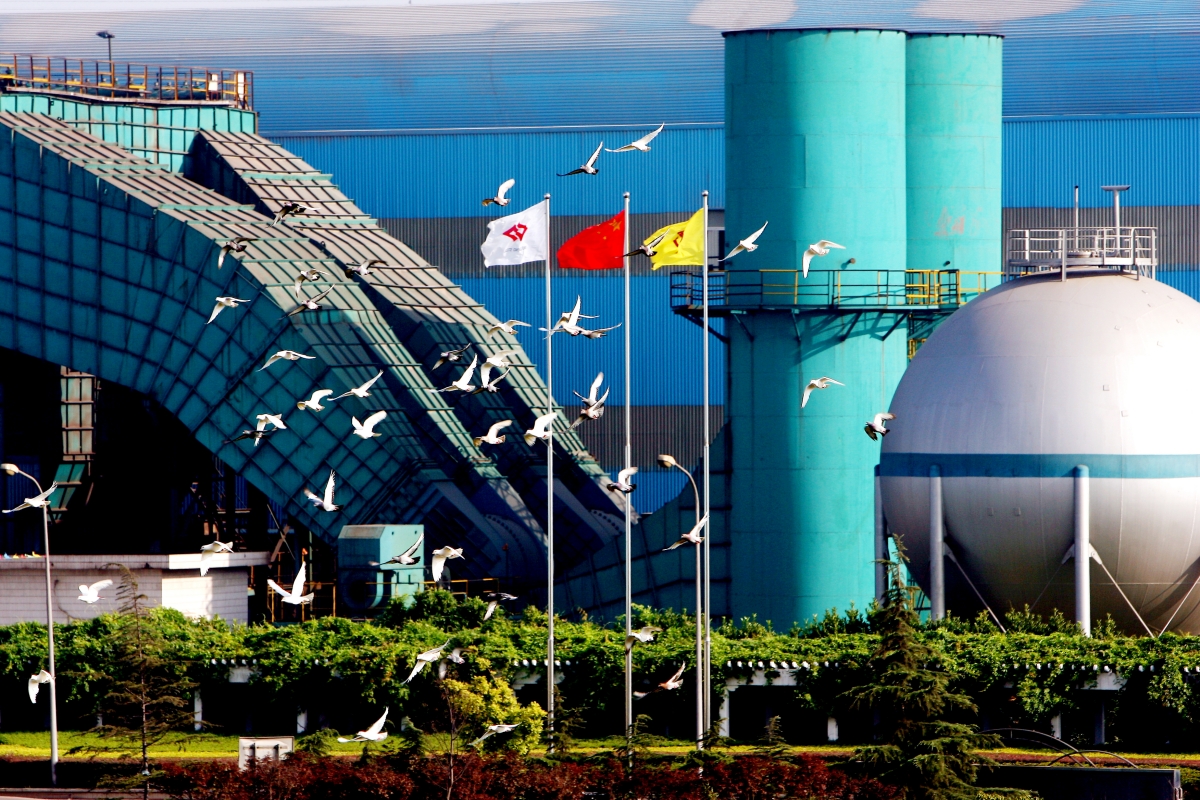The steelmaking system is a key link in the steel production process and is mainly used to extract pure steel from iron ore. The system typically consists of multiple steps: ironmaking, steelmaking, refining, and continuous casting.
1. Ironmaking: The purpose of ironmaking is to extract iron from iron ore. It is mainly carried out through the blast furnace process, where iron ore, coke and limestone are fed into the blast furnace and reduced to hot metal at high temperatures. Coke not only acts as a reducing agent, but also provides the necessary heat. Limestone acts as a flux to help remove impurities.
2. Steelmaking: molten iron is made in a converter or electric furnace. Converters are often used to produce steels with a higher carbon content, such as structural steel and tool steel. Electric furnaces are suitable for the production of high quality alloy and stainless steels. During steelmaking, oxygen is blown in to remove impurities, such as sulfur and phosphorus, and the carbon content is adjusted to the desired level.
3. Refining: Refining is to further improve the quality of steel, remove residual impurities and gases, adjust the chemical composition, and improve the microstructure of steel. Common refining methods include LF (ladle refining), VD (vacuum degassing), RH (refining) and so on.
4. Continuous casting: The refined molten steel is poured into the mold of the continuous casting machine, where the molten steel is cooled and solidified into a solid billet or ingot. Compared with the traditional casting method, continuous casting technology can significantly improve the production efficiency and steel quality.





